History of Xiju
During Ming and Qing Dynasties, the population of Fujian's coastal areas was growing too fast. Many people moved to South East Asia and islands on Min River's estuary. Many Fuzhou Dialect speakers moved to and stayed on Matsu islands.

Qingfan – the Gate of Xiju, the Little Hong Kong in the past.
In 1842, the Great Qing signed the Treaty of Nanking due to the force of the great power, and Fuzhou became a trading port. Because of the location, Xiju became a vital communications hub that connect Min River.
Foreign ships had to pass by Xiju to get supplements before getting into the Min River. People used to barter between each other, so there were different kinds of goods on the market. Since it was prosperous, Qingfan village was known as "Little Hong Kong."
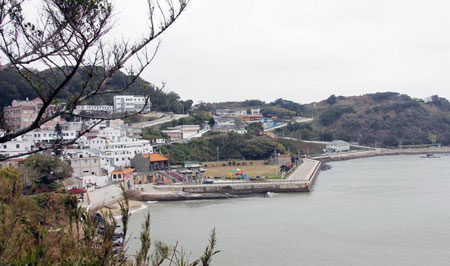
The view of Qingfan.
Xiju is closely related to military
You can see Changle, Fujian with your bare eye. It's closer to China than to Taiwan. However, the relationship between Xiju and Changle was cut since 1949, because of the hostile relationship between ROC and PRC. Western Enterprises, a front for the United States CIA, based here during Korean War to collect information. At the same time, they helped the Republic of China train army, started guerrilla warfare against mainland China, and stayed until the war was over. Western Enterprises set up operations on Qingfan Mountain and flew the American flag here for a while.
These events not only gave Qingfan Harbor a rich and varied cultural history but also remind people the cruelty of the war.
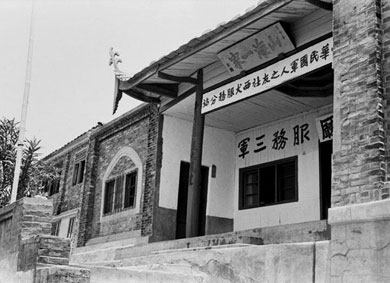
from Juguang Township Annals
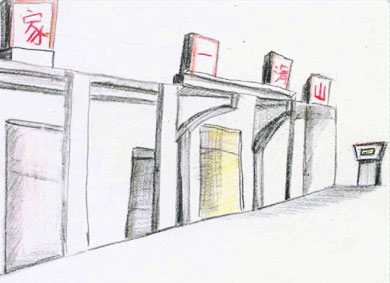
Drew by our member
The ROC government did not lift military rule over the island until 1992, and tourists were finally allowed to visit this dream land, but this small island still remains aloof. Xiju Island is the ministration center of Juguang Township. Its measure of area is a little bit smaller than Dongju Island. Xiju Island is surrounded by the sea and has rich fishery harvesting. There are three villages on the island: Qingfan Village, Tianwo Village and Xiqiu Village.
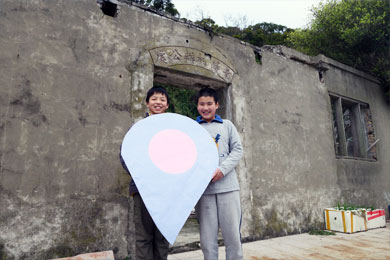
The old Qingfan (青蕃) village office. "Qingfan(青蕃)" means
"savage people". Because there were many foreigners in this
village. Today's Qingfan(青帆) means sailboats on blue ocean.
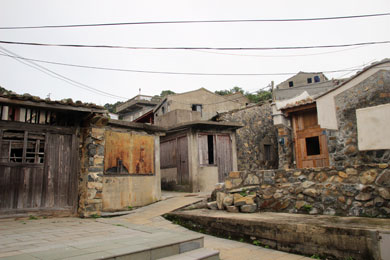
Tianwo village kept most original Xiju style buildings.
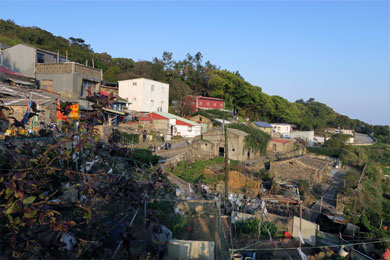
Xiqiu village, the headquarter of Juguang Defense Brigade.
Resource : Yamamoto Legion